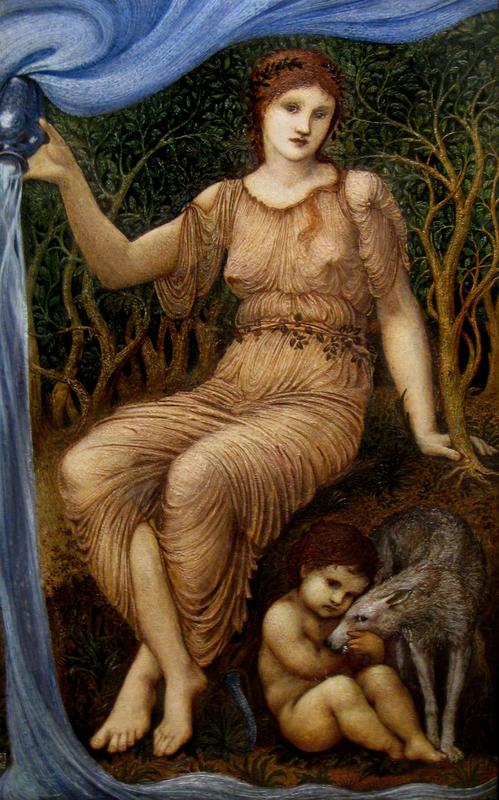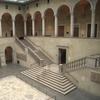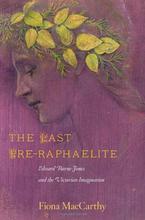More about Earth Mother
- All
- Info
- Shop

Contributor
Edward Burne-Jones and the rest of the Pre-Raphaelite gang were drawn to the past.
The art scene fiercely embraced Burne-Jones and he was commissioned to paint tales of Greek Mythology for British aristocrats, such as the multi-work myth of Perseus. In his 1882, painting Earth Mother, Burne-Jones spares us the specifics and lets the terrestrial seductress speak for herself.
The painting differs from Burne-Jones’ usual M.O in its lack of identifying details. The work includes signs and symbols like the snake and the blue jar that could allude to a range of different Greek or Roman goddesses. Up until the 1860s, the British public was used to seeing easily recognizable figures in Burne-Jones’ work and the art world in general. The air of mystery is heightened because the model for the painting was unknown, instead of depicting one of the usual dames that the Pre-Raphaelites kept around.
The mystical woodland elements and the snarling wolf in Earth Mother beg the viewer to look deeper. What the heck is in those trees and what is the wolf so mad about? That’s possibly what J.R.R. Tolkien wanted to know. The "Lord of the Rings" author cited the Pre-Raphaelites and Burne-Jones specifically as a source of inspiration for his literary masterpieces. The two men actually went to the same school in Birmingham, UK, though Tolkien, being younger, attended some years after Burne-Jones. By the time he was a teenager, Tolkien most likely got familiar with the works of Burne-Jones by visiting the Birmingham Museum of Art, which houses the largest number of Burne-Jones’ works.
Burne-Jones was almost a priest before he dedicated himself to painting. Becoming a member of the clergy would have been a move just to please his sweet old mother. A young, confused Burne-Jones was later quoted saying, “I want to go and get killed” while having a religious crisis that prompted him to apply for a government commission to the Crimean War . The ever-dramatic Burne-Jones thankfully found the world of painting, inspiring drama and fantasy in the public through his works.
Sources
- Burne-Jones, Georgiana. Memorials of Edward Burne-Jones. Cambridge: Cambridge University Press, 2012.
- "Earth Mother." Earth Mother | Worcester Art Museum. Accessed April 01, 2019. https://www.worcesterart.org/collection/European/1983.1.html.
- Jones, Jonathan. "Edward Burne-Jones Review – Art That Shows How Boring Beauty Can Be." The Guardian. October 22, 2018. Accessed April 01, 2019. https://www.theguardian.com/artanddesign/2018/oct/22/edward-burne-jones….
- Sandbrook, Dominic. "Culture - Did Tolkien Write 'juvenile Trash'?" BBC. December 17, 2015. Accessed April 01, 2019. http://www.bbc.com/culture/story/20151215-did-tolkien-write-juvenile-tr….
- Sawhney, Paramvir. "Chivalry and the Psychology of Love in Edward Burne-Jones's Perseus and Andromeda." The Victorian Web. Accessed April 01, 2019. http://www.victorianweb.org/painting/bj/paintings/sawhney7.html.












